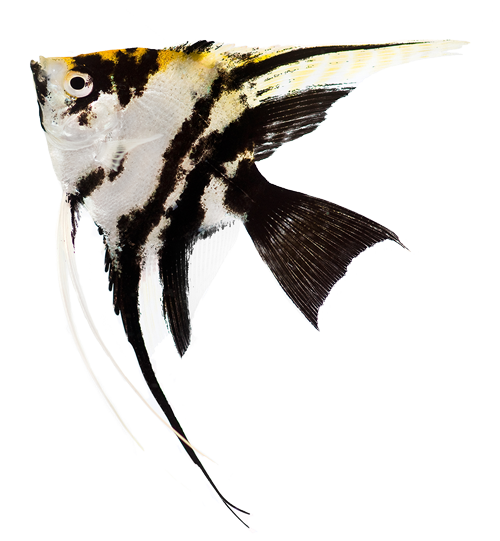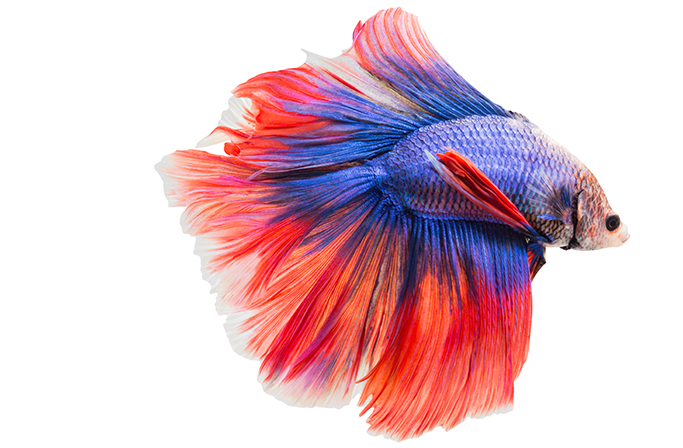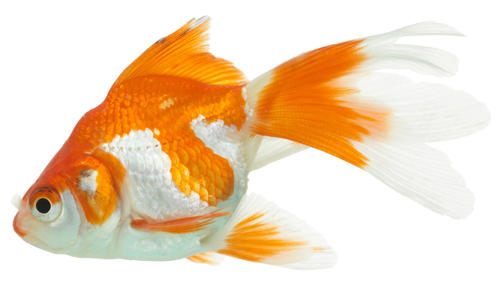
Step 1 - Do your research
Before you rush out to the pet shop, it is important to think about and research the type of fish you’d like to keep.
Your choice of fish and the number you wish to keep is probably one of the most important decisions you’ll make as a fishkeeper because it will impact everything to do with your fish tank. The size of aquarium, the type of substrate, the décor, the hardness of your water, heating, lighting, and the type and size of filter; these all impact the health and happiness of your fish. It’s much easier and more practical to choose the type of fish you want to keep and then build your fish tank around them.
As a starting point, why not check out the King British Popular Fish Species section? Once you’ve got a feel for the type of fish you may want to keep, visit your local aquatic retailer to discuss the tank and equipment you’ll need. Aquatic staff have a wealth of knowledge and will be happy to help you. It’s also much easier for them to advise you about tank size, substrate choice, décor, water type (coldwater, saltwater etc.), heaters and filters if they know what type of fish you’re intending to keep.

Step 2 - Choosing a home for your fish
Finding a suitable location for your fish tank is essential. Don’t place it in direct sunlight; this will cause algae growth,
which is unsightly and bad for water quality, which can adversely impact the health of your fish. Sunlight can also affect
the water temperature, which can have a negative impact on fish that are particularly sensitive to temperature.

You should also avoid placing your fish tank near draughts or doors that may slam. Depending on the size of your fish tank you may not wish to place it upstairs. Consider how heavy it will be once filled (a litre of water weighs 1kg!), and how easy it will be for you to carry buckets of water to and from when conducting a water change.
And finally, remember to place your fish tank near plug sockets, as you’ll need to plug in the filter and the lights.

Step 3 - Setting up your fish tank
Now you’ve found your tank a home, it is time to set it up.
First, wipe your fish tank over with a damp cloth to remove any dust.
Next, rinse your chosen aquatic substrate thoroughly with cold water to remove any dust or contaminants. Do this until the water runs clear – this will prevent the water clouding when you start filling up your fish tank.
Once you’ve done that, you can add the substrate to your tank, and arrange the décor and plants.
Now it is time to fill your fish tank with water. Do this slowly to prevent the décor from moving around too much.
Once your tank is full, add the filter and if necessary the heater. Most aquatic heaters are thermostatic, meaning you can set the desired temperature and it will turn off once it’s reached it. Follow the instructions carefully and you shouldn’t have any problems. At this point you should also add the thermometer; it should be positioned as far away from the aquatic heater as possible to ensure an accurate reading
Finally, the lighting. Most aquariums have suggested lighting and many come with lights. Lighting is important for live plants and fish. But remember, lights should not be on for more than 8-10 hours a day to prevent unwanted algae growth.

Step 4 - Water treatment
Now your fish tank is all set up, it is time to begin your water treatment regime.

Captive fish live in a completely closed environment and are entirely dependent on their surrounding water. All tap water in the UK contains a certain amount of chlorine and/or chloramines, which make it safe for us to drink but are toxic to fish and must be removed.
King British De-Chlorinator neutralises chlorine, chloramines and heavy metals, and should be added to any new water you put in your fish tank. King British De-Chlorinator also contains Aloë vera which helps a fish repair their slime coat, which is their defence against infection.
To calculate how much water is in your fish tank, and therefore how much King British De-Chlorinator you require, you will need to know the size of your tank. If you’re unsure how big your fish tank is, you can use the King British Dosage Calculator to find out how much to add.
Step 5 - Maintaining the filter
A less experienced fishkeeper may think that the filter is just for removing physical waste from your fish’s tank, but it’s not. The filter is the most important element of your tank, and houses the ‘biological filter’.
The ‘biological filter’ consists of friendly bacteria which breaks down harmful ammonia and nitrite, converting them into less harmful nitrate. This process is called the Nitrogen cycle, and helps keep the water safe for your fish. The less harmful nitrate needs to be removed by you through regular water changes.
To help kick start the Nitrogen cycle, add King British Filter Aid+ to your fish tank. This will introduce friendly bacteria which will multiply and establish an effective biological filter. King British Filter Aid+ is perfect for use when starting a new fish tank, and should be added weekly to help remove ammonia and nitrite.
To calculate how much King British Filter Aid+ you need to put in your fish tank, you can use the King British Dose Calculator.


Step 6 - Allowing your tank to cycle
It’s so tempting to put fish in your tank right away, but it’s important to wait for at least one week or ideally two. This is so your fish tank has time to ‘cycle’, which is the process you kick-started in Step 5 by adding King British Filter Aid+.
It might seem like a long time, but ensuring the correct water quality for your fish is important for a successful start to fishkeeping.
Adding your fish to a new tank without allowing the tank to cycle can put them at risk, as the biological filter will not have had time to establish itself. This means harmful ammonia and nitrite may not be removed quickly and effectively, and could harm your fish.
To help the development of the biological filter, you can add some fish flake to the tank during the cycling period. Your fish tank may go cloudy during cycling, but don’t panic. This is common and is known as bacterial bloom, and will settle down.
You need the water parameters to be suitable for the fish you would like to keep before you introduce them to your fish tank. While the fish tank is cycling, check the water quality with King British 6 in 1 Water Test Strips, and make adjustments accordingly. Before adding your fish, the ammonia and nitrite should be at 0, and nitrate no higher than 50mg/l. Other parameters will depend on the type of fish – you should check with your aquatic retailer what these should be.
King British 6 in 1 Water Test Strips should be used on a regular basis to ensure good water quality. Regular water testing also indicates any problems your fish tank may have, and is a quick and easy way to check how the filter is functioning.
Remember, the golden rule for maintaining water quality and to ensure the filter is functioning correctly is to test your water regularly.

Step 7 - Adding your fish
This is the most exciting part!
You chose your fish right back at Step 1, and now it is time to add them to your fish tank.
It’s tempting to buy all the fish you want and put them in your fish tank straight away, however it’s best to start off with a 2–4 fish and then add more a little later. If you do choose to add more fish, remember to speak to your aquatic retailer beforehand to check you have the right environment and tank mates for them all.
Although the filter has been cycling for at least one week, it will need time to adjust to the additional waste being created by your fish. If you add too many fish, the filter may not be able to cope, which will have a negative effect on the water quality and your fish’s health.
If you choose to add more fish to you fish tank at a later date, you should use King British 6 in 1 test Strips to ensure
the water quality is suitable.




